El Cajon in 1916 -- Including Motion Pictures
Interesting map of El Cajon in 1916, with an inset map identifying 22 businesses in and arund Main Street.
#1 in the business district is a Motion Pictures location, which which is likely the Harris Store or "a corrugated iron building on North Magnolia" (see below).
The following is the list of businesses:
- Motion Pictures
- Hotel
- Flat
- Bakery
- Harness Shop, Pool Room, Barber Shop
- Shoe Shop, Law Office, Drug Store, Tailor Shop, Second Hand Store, Bicycle Shop
- General Mdse (Merchandise)
- Union Oil Co.
- W.D. Hall Co.
- Garage
- Hotel, Milliner, Pool Room & Barber, Drug Store, Bank
- News Paper
- Livery
- General Mdse (Merchandise)
- County Barn
- Meat Market
- Garage
- General Mdse (Merchandise)
- Milliner, Harness Shop, Post Office
- Ware House
- Telephone
- Chamber of Commerce
Motion Pictures in El Cajon
An El Cajon Historical Society essay entitled The Lively Arts in El Cajon, 1892-1952 by G. Carroll Rice notes that the location of this theater was unknown to the author, noting as follows:
Even in 1914, the people of El Cajon were no strangers to the movies. The Harris Store (‘near the Hotel’ is about all we know about it) celebrated its opening by showing five reels of motion pictures (a reel lasted between 10 and 12 minutes). They charged 10 cents to see the films – not named – and 50 cents to attend a dance afterwards. As an ugly sidebar they specified “Americans only; no Mexicans” at the dance; perhaps that is why they are no longer remembered.
Details are fuzzy, but a paper by Hazel Sperry states that at some time in this period, motion pictures were shown in a corrugated iron building on North Magnolia, in the vicinity of today’s Crystal Ballroom.
Eugene Vacher once recalled his first viewing of the movies at the Presbyterian Church, about 1920. They had put up sheets for a screen and his Uncle Alpheus had hand cranked the sprocket-drive mechanism. The film, itself, was a post World War I Erich Von Stroheim epic filled with battle action and civilian excesses. The violence of war offended no one, but certain ladies found scenes of smoking and drinking utterly offensive. Henceforth, it was decided, there would be no more movies at the church.









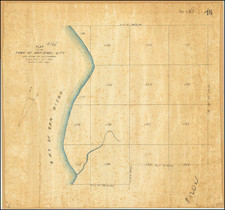
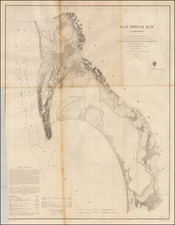
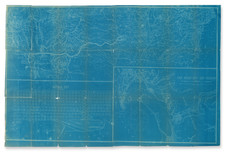
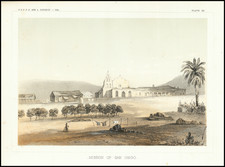
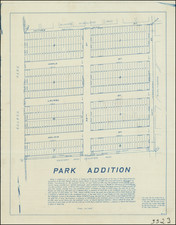
![(San Diego) [Downtown San Diego Embarcadero and Seaport Village area south of Market Street]](https://storage.googleapis.com/raremaps/img/small/96681.jpg)